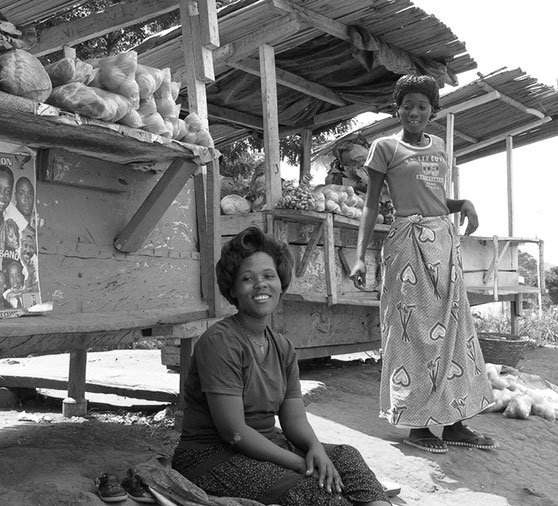The Lending Method That’s Changing the World
What is microfinance and how can it benefit the economic growth of developing countries? Sharone Perlstein explains
Building Small Businesses to Build a Nation
Business loans in developing nations have always been met with some trepidation. However, since the dawn of the third millennium, new life has been breathed into the small-business sectors of emerging economies thanks to the rapid development of the microfinance industry.

Big Ideas, Small Budget
In many developing countries it is considered immensely difficult to secure a loan to start and uphold a small business. Banks require strict qualifications that only few can meet, and in any case, many people, especially in rural and poor areas are unbanked. In addition, many emerging countries do not invest in the building blocks of entrepreneurship, like financial education and creativity development. However, through the effort of several groups and thanks to government collaboration and recent technological development this is slowly changing. Investing in small businesses in developing nations is not only paying dividends it is also helping local economies on a macro level.
Mobile Technology to the Rescue
The organizations at the forefront of this trend specialize in bringing microfinance to some of the toughest markets in the world, and by tough, I mean geographically remote and often under extremely difficult circumstances. They offer a solution to entrepreneurs looking for small business loans by pairing them with lenders in more developed nations who can lend amounts as small as $25 at a time if needed. Thanks to smartphones and big data technology these organizations are able to bypass the need for a bank account. They can monitor their borrowers, communicate with them and transfer funds without even having to meet face-to-face. This, by the way, also solves the problem of expensive and time-consuming travel which tends to pose a great obstacle in remote and underdeveloped areas.
The Numbers Speak for Themselves
Let’s take a look at a single microfinance organization just to get a better idea of this phenomenon: Kiva is a non-profit that facilitated and administered their first microloan in 2005. By 2015 they had helped 1.3 million lenders loan over $690 million to 1.6 million borrowers in 86 countries. The most exciting result has been that the loan repayment rate is over 98%. This empowerment means that more people, are able not only to provide for their family’s immediate needs, but to contribute to local commerce and help develop national economy.

The Challenges of Microfinance
A sparkling 98%+ repayment rate isn’t the case with all microfinanciers. Some borrowers find themselves in debts they cannot repay. The main cause of these debts is rooted in a lack of business experience and financial education. After some time in the field, microlenders began to realize that many borrowers didn’t understand the concepts of loans and credit, they hadn’t had an opportunity to learn how to run a business, evaluate its success and potential and save money for the future. To tackle these issues several microfinance organizations have begun to offer reader-friendly information, various forms of mentorship and long-distance guidance to make sure the money provided is put into use wisely.
Microfinance organizations are doing so much more than providing a helping hand to lift poor populations around the world out of their poverty, they are educating and providing the chance of a self-sustained future.
Bandhan: A Bond Between India’s Disadvantaged and Tools of Empowerment
Bandhan began as a small economic non-profit in West Bengal, India. Its mission: alleviate poverty. Its founders believed that the best way to accomplish this mission would be to open up avenues of economical empowerment to disadvantaged women. This way, they reasoned, these women would not only lift themselves up out of poverty, but would […]
Mobile-based Financial Services are Lifting Africans out of Poverty
Mobile Phones are an Important Link Mobile phones provide Africans with the only opportunity to stay in touch with friends and family, as well as to access important services. Decades ago, mobile communications companies began to invest in infrastructure in Africa, improving quality and expanding market reach. Therefore, no matter where you go in Africa […]
Fintech – The Rewards and the Risks
Is Fintech Opening The Financial Markets up to Risk? The Financial Stability Review (SFR) this year saw the Central Bank Monetary Authority of Singapore (MAS) highlight potential consequences of fintech innovations. Known as a country with lenient regulations and strong support from its government, Singapore has fast become a fintech pioneer. But while these innovations […]
Sharone Perlstein Tackles the Energy Sector
Because of the significant role played by the settlement department in any big company, it is vital that it is given the support required to maintain the company’s credit rating, risk rating, solvency and cash flow. Through technological advances, corporate tasks are being improved and made faster and easier. Read more



